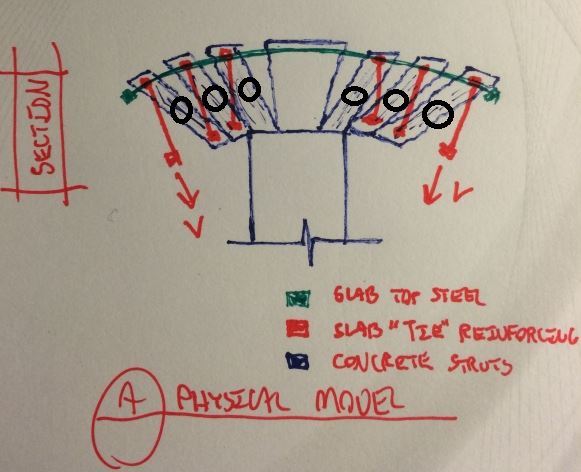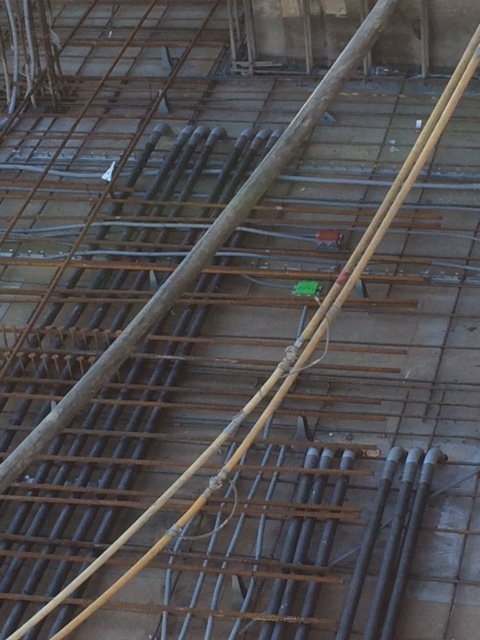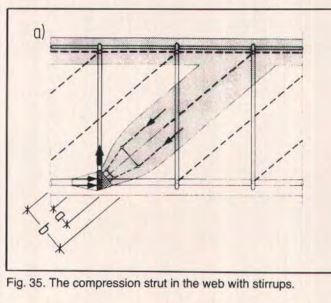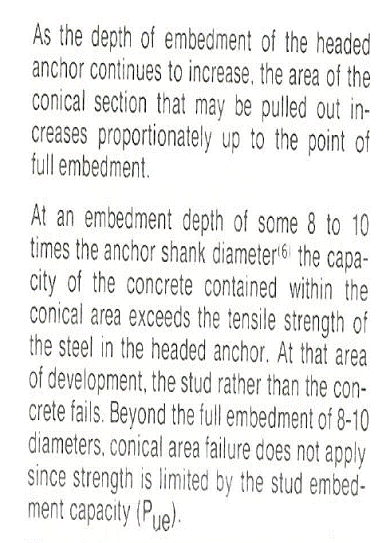KootK
Structural
- Oct 16, 2001
- 18,563
Need some quick feedback here. I've got a pour tomorrow and there's a bunch of electrical conduit running through my stud rails. I'm trying to have it moved, of course. However, I called the only rep that I could get a hold of at Decon to confirm my suspicion that this is gawd awful. I was certain they'd back me up. Without even taking a breath, he told me that it's fine.
Anybody have any experience with this? Based on my understanding of how the rails work (sketch below) I have a very hard time accepting the "fineness" of this. At minimum, it would have to affect the Vc portion of things.


I like to debate structural engineering theory -- a lot. If I challenge you on something, know that I'm doing so because I respect your opinion enough to either change it or adopt it.
Anybody have any experience with this? Based on my understanding of how the rails work (sketch below) I have a very hard time accepting the "fineness" of this. At minimum, it would have to affect the Vc portion of things.


I like to debate structural engineering theory -- a lot. If I challenge you on something, know that I'm doing so because I respect your opinion enough to either change it or adopt it.

![[idea] [idea] [idea]](/data/assets/smilies/idea.gif)
![[r2d2] [r2d2] [r2d2]](/data/assets/smilies/r2d2.gif)


![[wink] [wink] [wink]](/data/assets/smilies/wink.gif)